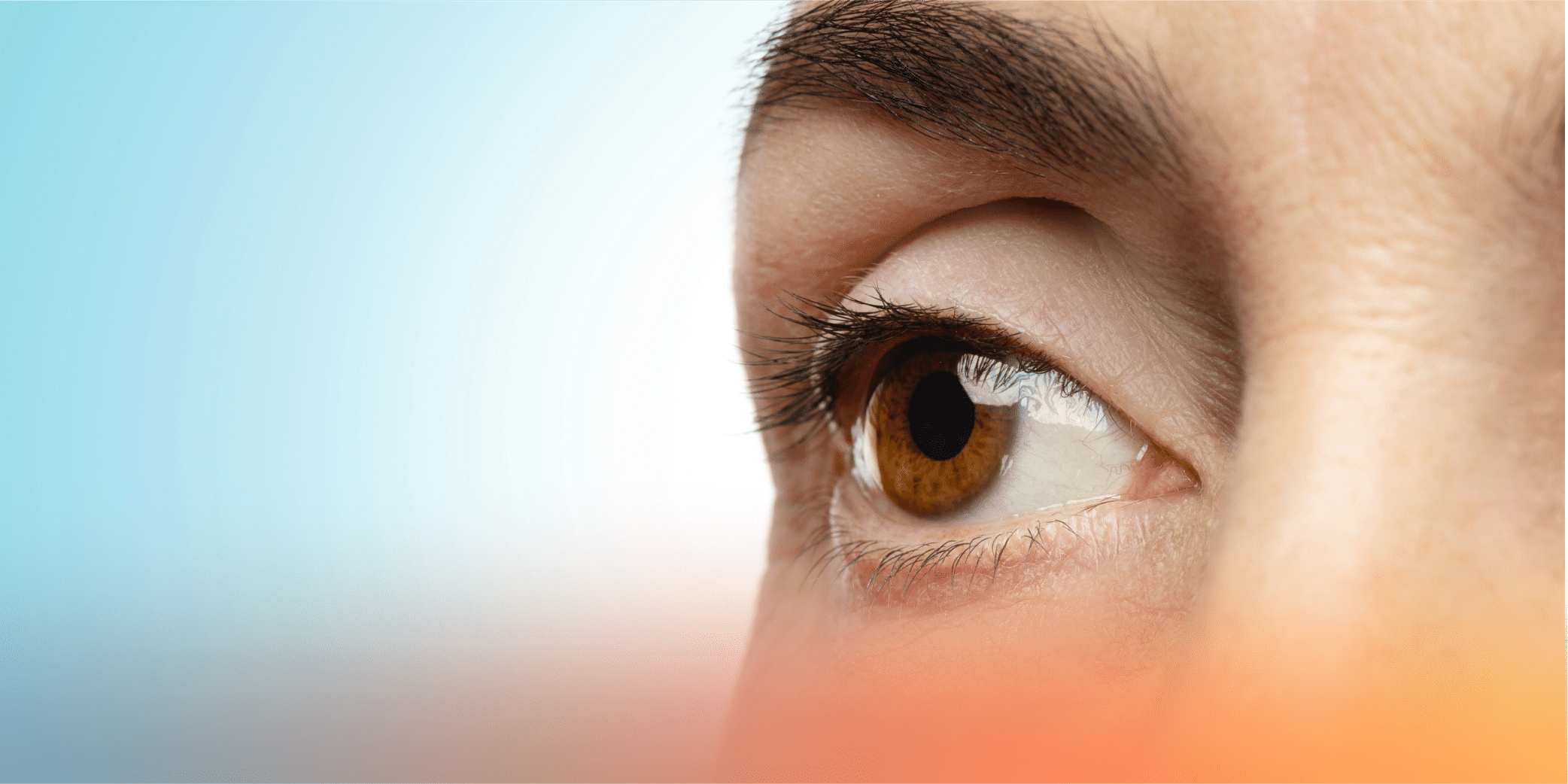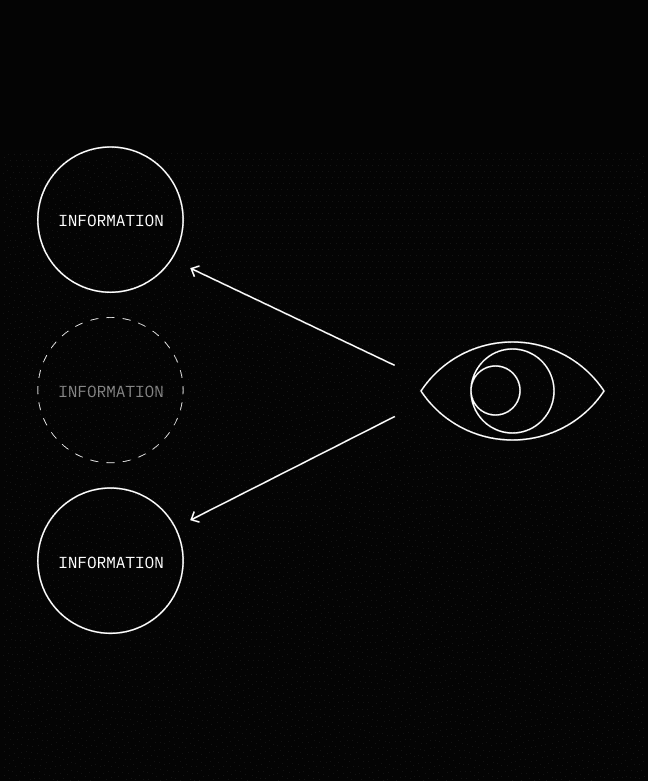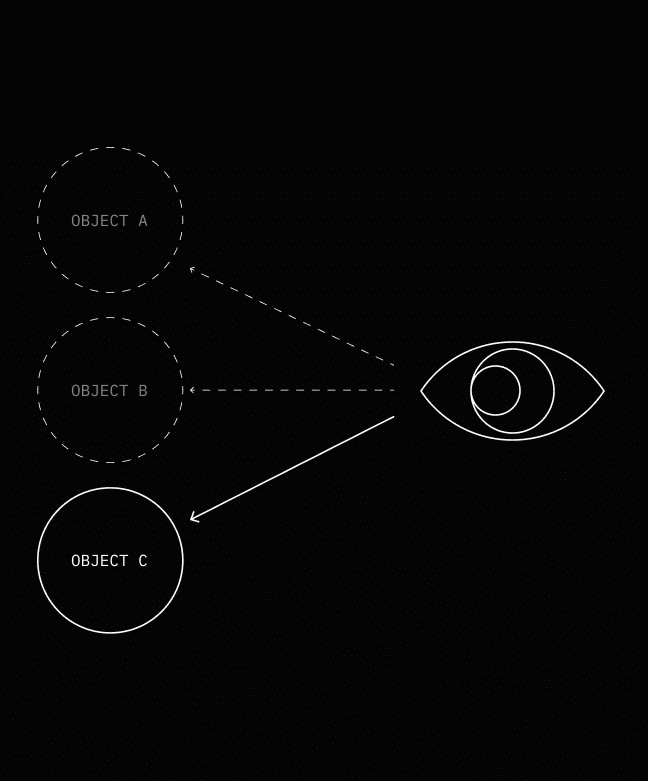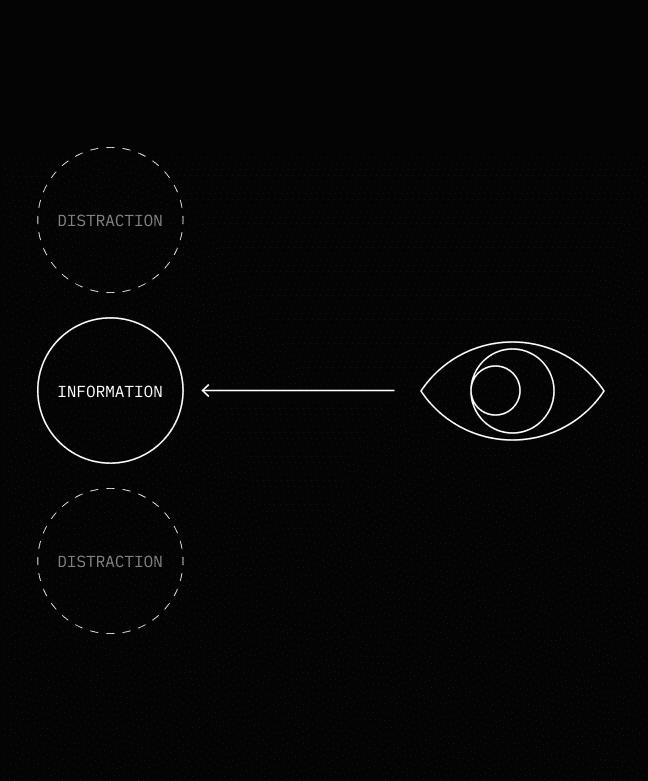2014 – Schotter, E. R., Tran, R., & Rayner, K.
Don’t believe what you read (only once): Comprehension is supported by regressions during reading. Psychological Science, 25(6), 1218-1226.
This study explores the role of eye regressions (backtracking in reading) in comprehension processes using eye-tracking data.
2006 – Kliegl, R., Nuthmann, A., & Engbert, R.
Tracking the mind during reading: The influence of past, present, and future words on fixation durations. Journal of Experimental Psychology: General, 135(1), 12-35.
Although slightly earlier than 2010, this is a key study that uses eye-tracking to explore how context (past, present, and future words) influences fixation durations in reading.
2017 – Feng, G., Miller, K., Shu, H., & Zhang, H.
Orthographic and semantic processing in Chinese word recognition: Insights from eye movements. Journal of Experimental Psychology: Learning, Memory, and Cognition, 43(3), 496-507.
Examines how orthography and semantics influence Chinese word recognition through eye movements.
2011 – Kuhn, G., Tatler, B. W., Findlay, J. M., & Cole, G. G.
Misdirection in magic: Implications for the relationship between eye gaze and attention. Attention, Perception, & Psychophysics, 73(7), 211-223.
This paper uses eye-tracking to explore how attention can be misdirected by magicians, revealing insights into visual attention and perception.
2017 – Henderson, J. M., & Hayes, T. R.
Meaning-based guidance of attention in scenes as revealed by meaning maps. Nature Human Behaviour, 1(10), 743-747.
Investigates how meaningful regions of a scene guide visual attention, using eye-tracking to link cognitive processing with gaze patterns.
2012 – Hoffman, J. E., & Subramaniam, B.
The role of visual attention in saccadic eye movements. Perception & Psychophysics, 65(5), 766-779.
Focuses on how visual attention affects saccadic eye movements, revealing insights into attentional selection and perception.
2011 – Glöckner, A., & Herbold, A. K.
An eye-tracking study on information processing in risky decisions: Evidence for compensatory strategies based on automatic processes. Journal of Behavioral Decision Making, 24(1), 71-98.
This study explores the cognitive processes behind risky decision-making, showing how eye-tracking can differentiate between automatic and deliberate strategies.
2009 – Horstmann, N., Ahlgrimm, A., & Glöckner, A.
How distinct are intuition and deliberation? An eye-tracking analysis of instruction-induced decision modes. Judgment and Decision Making, 4(5), 335-354.
Investigates decision-making under different cognitive strategies, using eye-tracking to distinguish between intuitive and deliberate modes of thinking.
2013 – Fiedler, S., Glöckner, A., Nicklisch, A., & Dickert, S.
Social value orientation and information search in social dilemmas: An eye-tracking analysis. Organizational Behavior and Human Decision Processes, 120(2), 272-284.
Uses eye-tracking to understand how individuals process information in social dilemmas and how their social value orientations influence their decision-making.
2010 – Hannula, D. E., Ryan, J. D., Tranel, D., & Cohen, N. J.
Memory for the where, when, and who of events: The role of the hippocampus in binding multiple dimensions of episodic memory. Journal of Neuroscience, 30(43), 14245-14255.
Examines how eye-tracking can be used to investigate the role of the hippocampus in episodic memory, specifically in tracking where, when, and who of past events.
2009 – Hannula, D. E., & Ranganath, C. (2009)
The eyes have it: Hippocampal activity predicts expression of memory in eye movements. Neuron, 63(5), 592-599.
Shows how hippocampal activity is related to memory-guided eye movements, revealing how eye-tracking can predict the expression of memory.
2018 – Otero, N., Skinner, A. L., & Benton, C. P. (2018).
Effects of divided attention on memory-guided visual search: Evidence from eye movements. Cognition, 177, 48-58.
Investigates the impact of divided attention on memory-guided visual search, using eye-tracking to provide insight into attentional control during memory retrieval.
2010 – van Gog, T., Paas, F., Marcus, N., Ayres, P., & Sweller, J.
The mirror neuron system and observational learning: Implications for the effectiveness of dynamic visualizations. Educational Psychology Review, 22(1), 47-72.
This study explores how eye-tracking can provide insight into learning processes, particularly in observing and mimicking tasks in educational contexts.
2021 – Hyönä, J., & Nurminen, A.
Immediate and delayed effects of refutation and standard expository texts on the learning of scientific concepts: Evidence from eye movements. Contemporary Educational Psychology, 64, 101935
Investigates how different types of instructional text influence learning, with eye-tracking providing insights into how students process and retain information.
Schotter, E. R., Tran, R., & Rayner, K. (2014)
Don’t believe what you read (only once): Comprehension is supported by regressions during reading. Psychological Science, 25(6), 1218-1226.
This study explores the role of eye regressions (backtracking in reading) in comprehension processes using eye-tracking data.
Kliegl, R., Nuthmann, A., & Engbert, R. (2006)
Tracking the mind during reading: The influence of past, present, and future words on fixation durations. Journal of Experimental Psychology: General, 135(1), 12-35.
Although slightly earlier than 2010, this is a key study that uses eye-tracking to explore how context (past, present, and future words) influences fixation durations in reading.
Feng, G., Miller, K., Shu, H., & Zhang, H. (2017)
Orthographic and semantic processing in Chinese word recognition: Insights from eye movements. Journal of Experimental Psychology: Learning, Memory, and Cognition, 43(3), 496-507.
Examines how orthography and semantics influence Chinese word recognition through eye movements.
Kuhn, G., Tatler, B. W., Findlay, J. M., & Cole, G. G. (2011)
Misdirection in magic: Implications for the relationship between eye gaze and attention. Attention, Perception, & Psychophysics, 73(7), 211-223.
This paper uses eye-tracking to explore how attention can be misdirected by magicians, revealing insights into visual attention and perception.
Henderson, J. M., & Hayes, T. R. (2017)
Meaning-based guidance of attention in scenes as revealed by meaning maps. Nature Human Behaviour, 1(10), 743-747.
Investigates how meaningful regions of a scene guide visual attention, using eye-tracking to link cognitive processing with gaze patterns.
Hoffman, J. E., & Subramaniam, B. (2012)
The role of visual attention in saccadic eye movements. Perception & Psychophysics, 65(5), 766-779.
Focuses on how visual attention affects saccadic eye movements, revealing insights into attentional selection and perception.
Glöckner, A., & Herbold, A. K. (2011)
An eye-tracking study on information processing in risky decisions: Evidence for compensatory strategies based on automatic processes. Journal of Behavioral Decision Making, 24(1), 71-98.
This study explores the cognitive processes behind risky decision-making, showing how eye-tracking can differentiate between automatic and deliberate strategies.
Horstmann, N., Ahlgrimm, A., & Glöckner, A. (2009)
How distinct are intuition and deliberation? An eye-tracking analysis of instruction-induced decision modes. Judgment and Decision Making, 4(5), 335-354.
Investigates decision-making under different cognitive strategies, using eye-tracking to distinguish between intuitive and deliberate modes of thinking.
Schotter, E. R., Tran, R., & Rayner, K. (2014)
Don’t believe what you read (only once): Comprehension is supported by regressions during reading. Psychological Science, 25(6), 1218-1226.
This study explores the role of eye regressions (backtracking in reading) in comprehension processes using eye-tracking data.
Kliegl, R., Nuthmann, A., & Engbert, R. (2006)
Tracking the mind during reading: The influence of past, present, and future words on fixation durations. Journal of Experimental Psychology: General, 135(1), 12-35.
Although slightly earlier than 2010, this is a key study that uses eye-tracking to explore how context (past, present, and future words) influences fixation durations in reading.
Feng, G., Miller, K., Shu, H., & Zhang, H. (2017)
Orthographic and semantic processing in Chinese word recognition: Insights from eye movements. Journal of Experimental Psychology: Learning, Memory, and Cognition, 43(3), 496-507.
Examines how orthography and semantics influence Chinese word recognition through eye movements.
Kuhn, G., Tatler, B. W., Findlay, J. M., & Cole, G. G. (2011)
Misdirection in magic: Implications for the relationship between eye gaze and attention. Attention, Perception, & Psychophysics, 73(7), 211-223.
This paper uses eye-tracking to explore how attention can be misdirected by magicians, revealing insights into visual attention and perception.
Henderson, J. M., & Hayes, T. R. (2017)
Meaning-based guidance of attention in scenes as revealed by meaning maps. Nature Human Behaviour, 1(10), 743-747.
Investigates how meaningful regions of a scene guide visual attention, using eye-tracking to link cognitive processing with gaze patterns.
Hoffman, J. E., & Subramaniam, B. (2012)
The role of visual attention in saccadic eye movements. Perception & Psychophysics, 65(5), 766-779.
Focuses on how visual attention affects saccadic eye movements, revealing insights into attentional selection and perception.
Glöckner, A., & Herbold, A. K. (2011)
An eye-tracking study on information processing in risky decisions: Evidence for compensatory strategies based on automatic processes. Journal of Behavioral Decision Making, 24(1), 71-98.
This study explores the cognitive processes behind risky decision-making, showing how eye-tracking can differentiate between automatic and deliberate strategies.
Horstmann, N., Ahlgrimm, A., & Glöckner, A. (2009)
How distinct are intuition and deliberation? An eye-tracking analysis of instruction-induced decision modes. Judgment and Decision Making, 4(5), 335-354.
Investigates decision-making under different cognitive strategies, using eye-tracking to distinguish between intuitive and deliberate modes of thinking.
Fiedler, S., Glöckner, A., Nicklisch, A., & Dickert, S. (2013)
Social value orientation and information search in social dilemmas: An eye-tracking analysis. Organizational Behavior and Human Decision Processes, 120(2), 272-284.
Uses eye-tracking to understand how individuals process information in social dilemmas and how their social value orientations influence their decision-making.
Hannula, D. E., Ryan, J. D., Tranel, D., & Cohen, N. J. (2010)
Memory for the where, when, and who of events: The role of the hippocampus in binding multiple dimensions of episodic memory. Journal of Neuroscience, 30(43), 14245-14255.
Examines how eye-tracking can be used to investigate the role of the hippocampus in episodic memory, specifically in tracking where, when, and who of past events.
Hannula, D. E., & Ranganath, C. (2009) (2009)
The eyes have it: Hippocampal activity predicts expression of memory in eye movements. Neuron, 63(5), 592-599.
Shows how hippocampal activity is related to memory-guided eye movements, revealing how eye-tracking can predict the expression of memory.
Otero, N., Skinner, A. L., & Benton, C. P. (2018). (2018)
Effects of divided attention on memory-guided visual search: Evidence from eye movements. Cognition, 177, 48-58.
Investigates the impact of divided attention on memory-guided visual search, using eye-tracking to provide insight into attentional control during memory retrieval.
van Gog, T., Paas, F., Marcus, N., Ayres, P., & Sweller, J. (2010)
The mirror neuron system and observational learning: Implications for the effectiveness of dynamic visualizations. Educational Psychology Review, 22(1), 47-72.
This study explores how eye-tracking can provide insight into learning processes, particularly in observing and mimicking tasks in educational contexts.
Hyönä, J., & Nurminen, A. (2021)
Immediate and delayed effects of refutation and standard expository texts on the learning of scientific concepts: Evidence from eye movements. Contemporary Educational Psychology, 64, 101935
Investigates how different types of instructional text influence learning, with eye-tracking providing insights into how students process and retain information.
Fiedler, S., Glöckner, A., Nicklisch, A., & Dickert, S. (2013)
Social value orientation and information search in social dilemmas: An eye-tracking analysis. Organizational Behavior and Human Decision Processes, 120(2), 272-284.
Uses eye-tracking to understand how individuals process information in social dilemmas and how their social value orientations influence their decision-making.
Hannula, D. E., Ryan, J. D., Tranel, D., & Cohen, N. J. (2010)
Memory for the where, when, and who of events: The role of the hippocampus in binding multiple dimensions of episodic memory. Journal of Neuroscience, 30(43), 14245-14255.
Examines how eye-tracking can be used to investigate the role of the hippocampus in episodic memory, specifically in tracking where, when, and who of past events.
Hannula, D. E., & Ranganath, C. (2009) (2009)
The eyes have it: Hippocampal activity predicts expression of memory in eye movements. Neuron, 63(5), 592-599.
Shows how hippocampal activity is related to memory-guided eye movements, revealing how eye-tracking can predict the expression of memory.
Otero, N., Skinner, A. L., & Benton, C. P. (2018). (2018)
Effects of divided attention on memory-guided visual search: Evidence from eye movements. Cognition, 177, 48-58.
Investigates the impact of divided attention on memory-guided visual search, using eye-tracking to provide insight into attentional control during memory retrieval.
van Gog, T., Paas, F., Marcus, N., Ayres, P., & Sweller, J. (2010)
The mirror neuron system and observational learning: Implications for the effectiveness of dynamic visualizations. Educational Psychology Review, 22(1), 47-72.
This study explores how eye-tracking can provide insight into learning processes, particularly in observing and mimicking tasks in educational contexts.
Hyönä, J., & Nurminen, A. (2021)
Immediate and delayed effects of refutation and standard expository texts on the learning of scientific concepts: Evidence from eye movements. Contemporary Educational Psychology, 64, 101935
Investigates how different types of instructional text influence learning, with eye-tracking providing insights into how students process and retain information.










